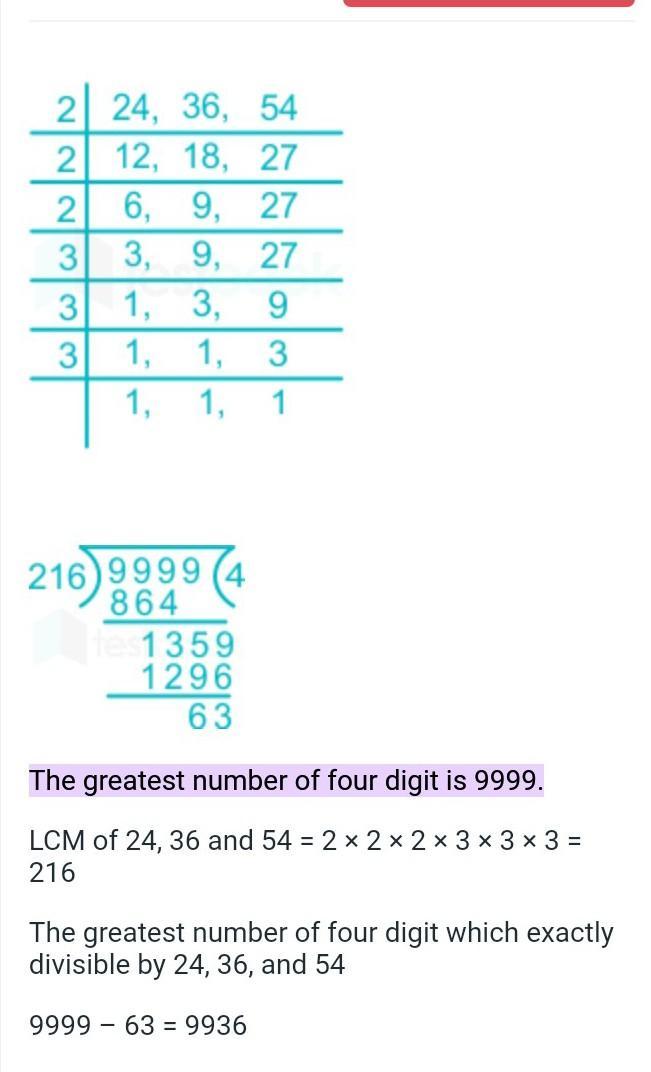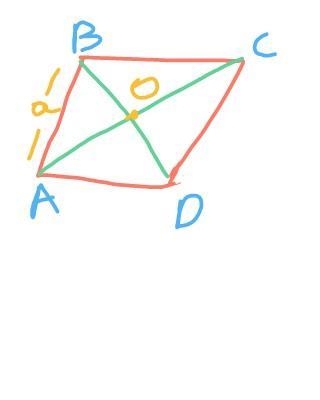Children living in the edge read a passage and write title
-
Subject:
English -
Author:
katelyn1ek7 -
Created:
1 year ago
Answers 1
Give the passage first.
Write full question.
-
Author:
bubba2
-
Rate an answer:
0
If you know the answer add it here!
Choose a language and a region
How much to ban the user?
1 hour
1 day
100 years


